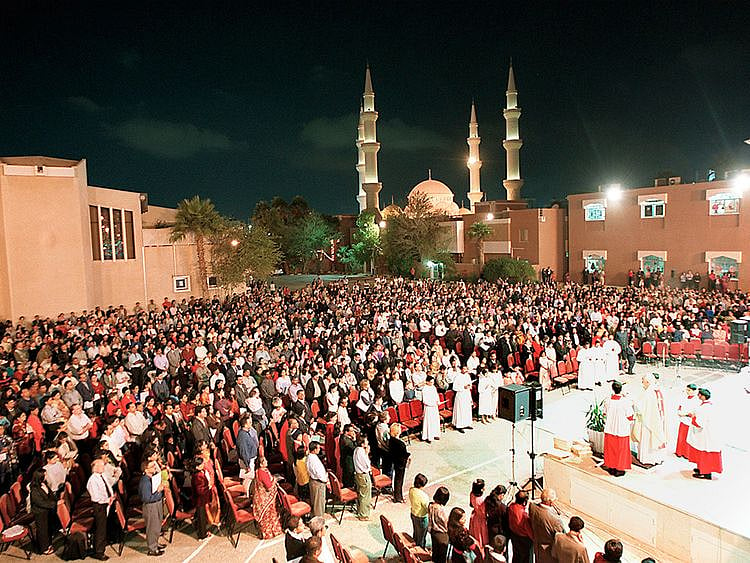This article will visit Sicily (Italy) of the 12th century to demonstrate the phenomenal coexistence between Muslims and Christians. Prince Roger II (1095 — 1154) King of Sicily and Africa), hugely relied on Arab Muslim elements to represent the state of Sicily.
During his reign, Roger II chose for the vital position of Admiral (Commander of the Fleet, Prince of the Sea) an Arab leader named “Abd al-Rahman al-Nasrani”.
In the position of chief judge, an Arab person called “George Antaki” was elected. Roger II was very passionate about science and knowledge, and he graciously honoured Muslim scholars.
He even decided to establish a council to deliberate with Muslim scholarship and how the West can benefit from their sciences. Not only did the King bring Muslims closer and gave them higher positions, he also offered them protection.
It was often said about him that he “honoured Muslims, brought them closer, and prevented them from Franks, so they (Muslims) loved him.” Among the scholars who waere fond of the King’s majesty was Muhammad al-Idrisi, who received his knowledge in Cordoba and was considered a high-calibre poet and writer. He studied other fields such as botany, medicine, astronomy, philosophy and geography.
The King assigned him the all-important task of collecting information from all over the world, describing countries in terms of regions, geographical nature, economic activities, and industry. By some accounts it took Al-Idrisi more than 18 years to prepare and write the book including all the contexts.
The book is well-known in the Arab world by the name of “Nuzhat al-Mushtaq Fi’khtiraq Al-’afaq” and known in the Wester world as “Roger’s Book”. The original book was attached with a world map that was carved on spherical silver.
Al-Idrisi gifted it to the King, who was hugely impressed by the scholarship. The book has often been hailed as one of the greatest geographical encyclopedias in world history. Apart from describing the geography of the countries of the European continent, Asia, and Africa with extreme accuracy, the book became the primary reference in Europe.
Roger’s Book helped Europeans reach the Eastern countries during the era of geographical discoveries. During the reign of Roger II, a big movement was activated to translate Muslim scholars’ books.
In 1224, the University of Naples was founded, and the King brought scholars from all major faiths, especially Islam, to his palace to take care of translating Arabic literature into Latin, and to be adopted as curricula in universities.
Pertinently occupations, conquests, geographic proximity and territorial extension, had a direct role in acquainting Islamic civilisation to Europe. It enabled the West to come into direct contact with the Islamic world.
Later the Crusaders established independent principalities in the Levant and Egypt. Several Europeans learnt the Arabic language and translated much literature and books.
Etienne of Antioch translated, “Al-Kaml in the Industry”. The author of that book is Ali bin Abbas al-Ahwazi. Also, Philip al-Trabelsi translated the famous Arabic book of “Politics in the Administration of the Presidency” by Aristotle.
In general, some wars played an important role in direct contact with the Arab-Islamic civilisation, with all its arts, sciences and architecture.
The translation movement in Sicily and Andalusia and the Crusades contributed to the awakening of the Western world and entering a new era known as European Renaissance.
Dr. Noura S. Al Mazrouei is a writer, academic and artist
Sign up for the Daily Briefing
Get the latest news and updates straight to your inbox
Network Links
GN StoreDownload our app
© Al Nisr Publishing LLC 2025. All rights reserved.
